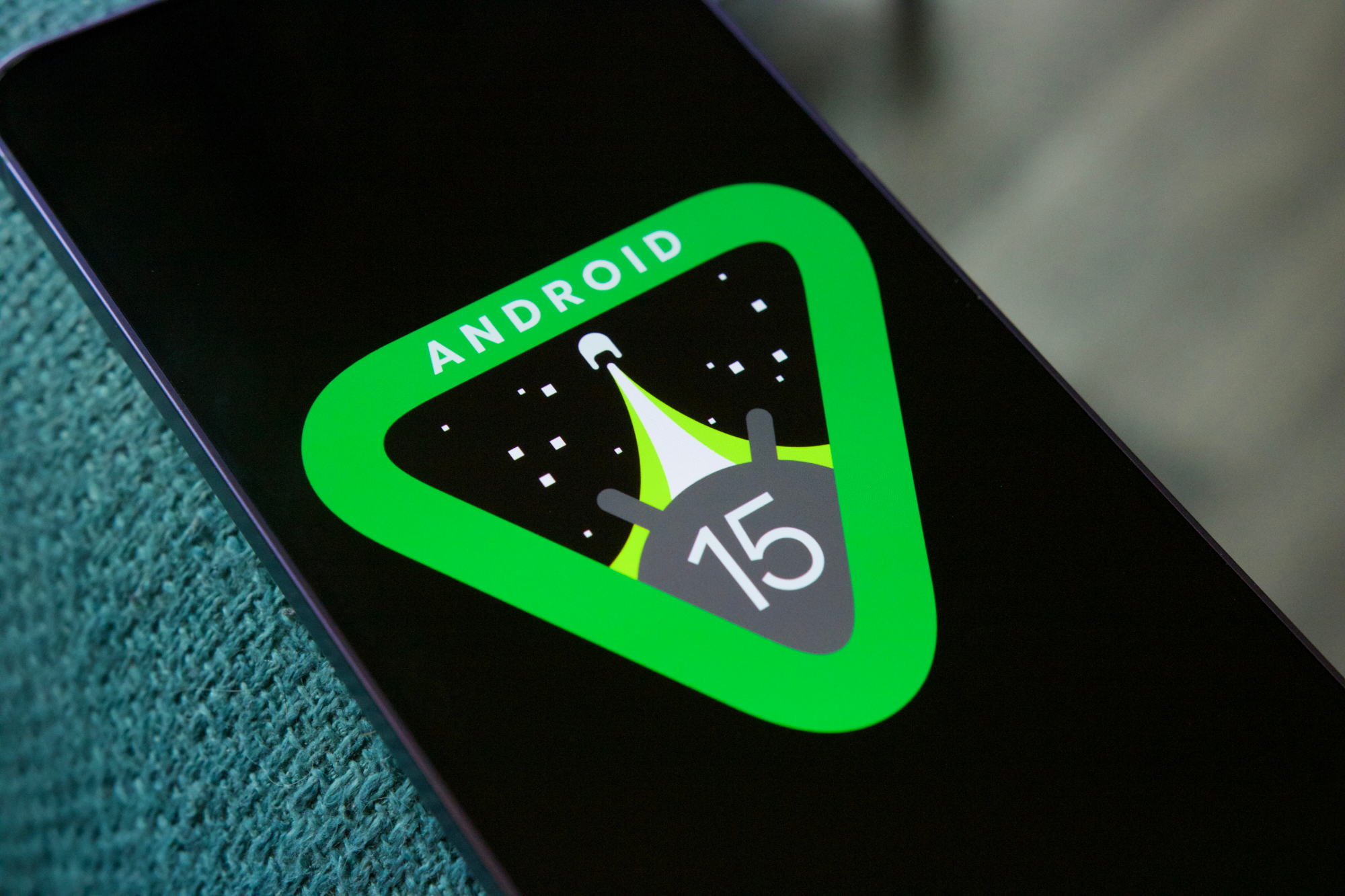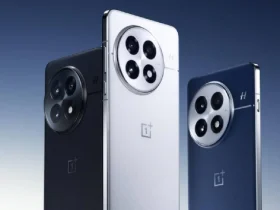Android 15 has recently reached its stable release after months of testing and is now being rolled out to eligible Pixel devices. While Google introduced numerous features during the beta testing phase, not all made it to the stable version.
This is often due to certain features not being fully ready for release or Google choosing to delay them for future updates. A notable example is the predictive back gesture, which was first seen in the Android 13 beta but is now widely available with Android 15.
Looking ahead, Android 16 is expected to be available for a wide range of devices, making it one of the most inclusive versions yet. With many brands committing to providing at least three Android OS updates for their budget and mid-range smartphones, most devices released in the last two years will be eligible for the new OS. This shift is significant, particularly for budget phones, which have historically received less attention regarding long-term updates.
For Google’s own Pixel devices, all models starting from the Pixel 7 series will receive the Android 16 update, excluding older models like the Pixel 6 and 6 Pro.

These older devices will continue to receive feature updates and security patches, thanks to Google’s commitment to providing seven years of software updates across its devices, including the mid-range Pixel 8a. This extended support promises a future with fewer concerns over updates for Pixel users.
In terms of internal codenames, Android 16 is referred to as “Baklava.” While Google previously used dessert names for Android versions up to Android 10, it has since changed its naming convention. Despite this, it appears that Google is still adopting dessert-themed names for internal use, marking a return to this tradition while starting anew.
Android 16 will introduce several new features, including a notification cooldown that reduces the volume of successive notifications from the same app.
This will help users manage notifications more effectively, especially during group chats. Another anticipated feature is a desktop mode, which, although previously available in beta versions of Android 15, aims to offer a more versatile user experience on Android devices, similar to Samsung’s DeX mode.
Additional features expected in Android 16 include a battery optimization option to limit charging to 80%, a capability that prolongs battery life, and an easier audio-sharing functionality that allows users to cast music to multiple Bluetooth devices simultaneously.
While these features were initially anticipated in Android 15, their absence in the stable release indicates Google’s strategy to refine them for the next version. The first preview of Android 16 is expected in early 2025, with a public beta rollout likely around May and a stable release anticipated in Q4 of that year.






Leave a Reply